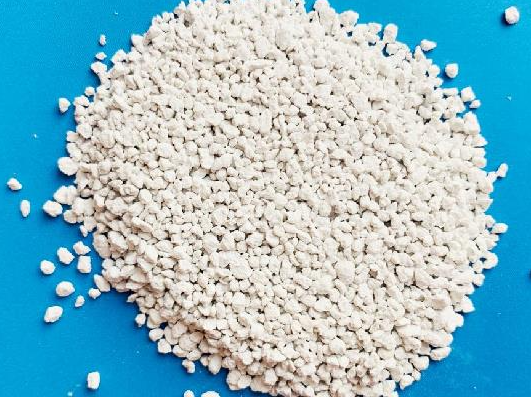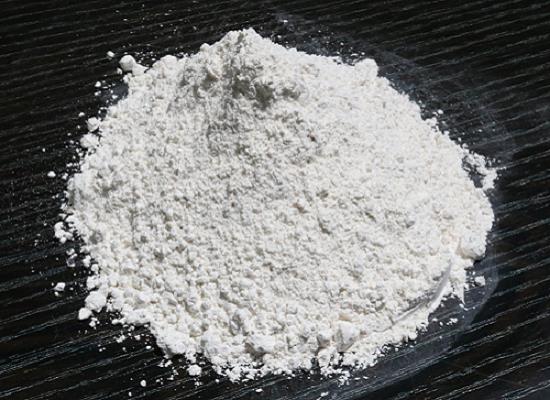Calcium Phosphate Dibasic: Potential in Dental Medicine and its Enhanced Biocompatibility
Calcium Phosphate Dibasic is used as a food additive, it is found in some toothpastes as a polishing agent and is a biomaterial.

Use
Dibasic calcium phosphate is mainly used as a dietary supplement in prepared breakfast cereals, dog treats, enriched flour, and noodle products. It is also used as a tableting agent in some pharmaceutical preparations, including some products meant to eliminate body odor. Dibasic calcium phosphate is also found in some dietary calcium supplements. It is used in poultry feed. It is also used in some toothpastes as a tartar control agent.
Potential in Dental Medicine
Calcium hydrogen phosphate with a hydroxyapatite-like surface (CHP-HA) is a novel synthesized compound designed to overcome the limitations of bioactive ceramics.
The periodontal ligament stem cells were cultivated with either CHP-HA or NanoHA for cellular attachment, proliferation, and osteogenic differentiation assay. Osteogenic differentiation was examined using quantitative polymerase chain reaction and immunofluorescence after confirmation by Alizarin red staining. We found that between 14 and 21 days, CHP-HA exhibited a well-organized matrix distribution, a high degree of cell proliferation, and a high level of Alizarin red staining in comparison to NanoHA. Expression of all the osteogenic markers examined was increased significantly relative to NanoHA at 14 days, but no significant differences in some osteogenic genes were found at 21 days. Immunofluorescence revealed stronger staining in the CHP-HA group. In conclusion, PDLSCs cultivated with this novel CHP-HA show enhanced cellular responses. We propose that CHP-HA may be a promising alternative biomaterial for periodontal tissue engineering.1
Enhanced Biocompatibility
One of the significant advantages of calcium phosphate dibasic is its ability to seamlessly integrate into the human body without causing adverse immune responses. This property makes it an excellent candidate for orthopedic applications where the material can act as a scaffold, promoting bone growth and healing in skeletal defects and injuries.
1. Tansriratanawong K, Wongwan P, Ishikawa H, Nakahara T, Wongravee K. Cellular responses of periodontal ligament stem cells to a novel synthesized form of calcium hydrogen phosphate with a hydroxyapatite-like surface for periodontal tissue engineering. J Oral Sci. 2018; 60(3): 428-437.
References:
[1] KALLAPAT TANSRIRATANAWONG. Cellular responses of periodontal ligament stem cells to a novel synthesized form of calcium hydrogen phosphate with a hydroxyapatite-like surface for periodontal tissue engineering.[J]. Journal of oral science, 2018, 60 3. DOI:10.2334/josnusd.17-0343.You may like
See also
Lastest Price from Calcium phosphate dibasic manufacturers

US $1200.00-1100.00/ton2025-09-12
- CAS:
- 7757-93-9
- Min. Order:
- 1ton
- Purity:
- 99%
- Supply Ability:
- 1000T/M

US $5.00-0.50/KG2025-05-07
- CAS:
- 7757-93-9
- Min. Order:
- 1KG
- Purity:
- 99% hplc
- Supply Ability:
- 500TONS


